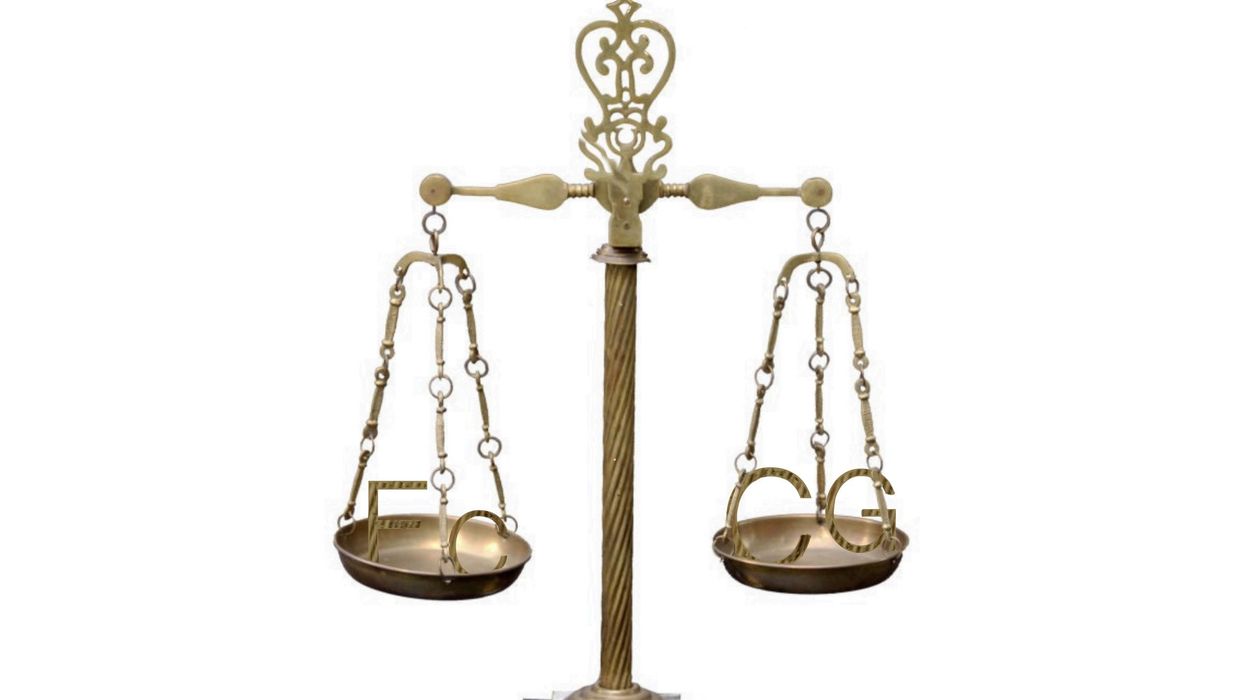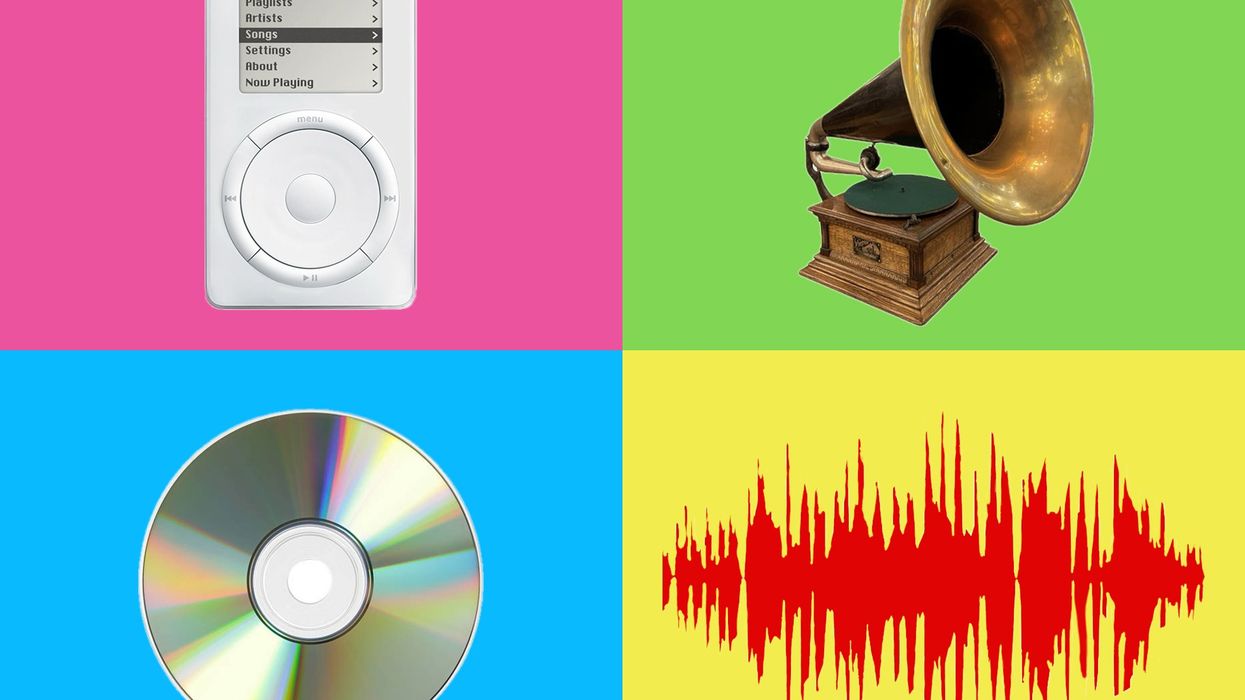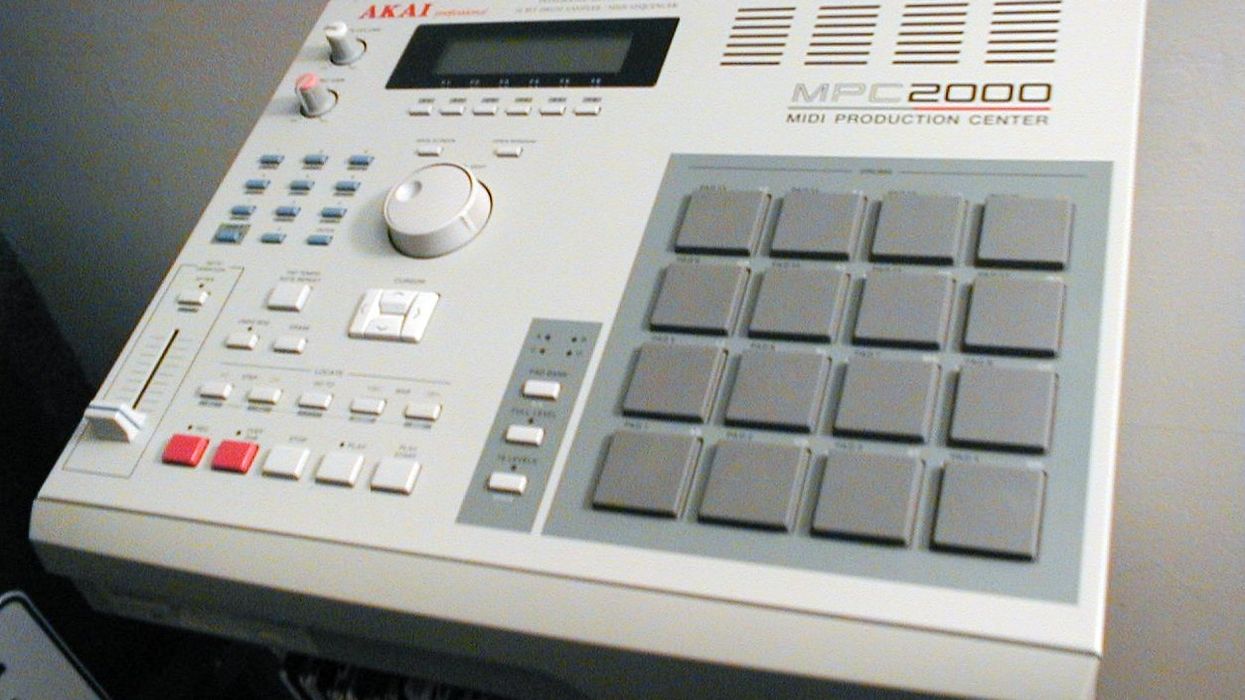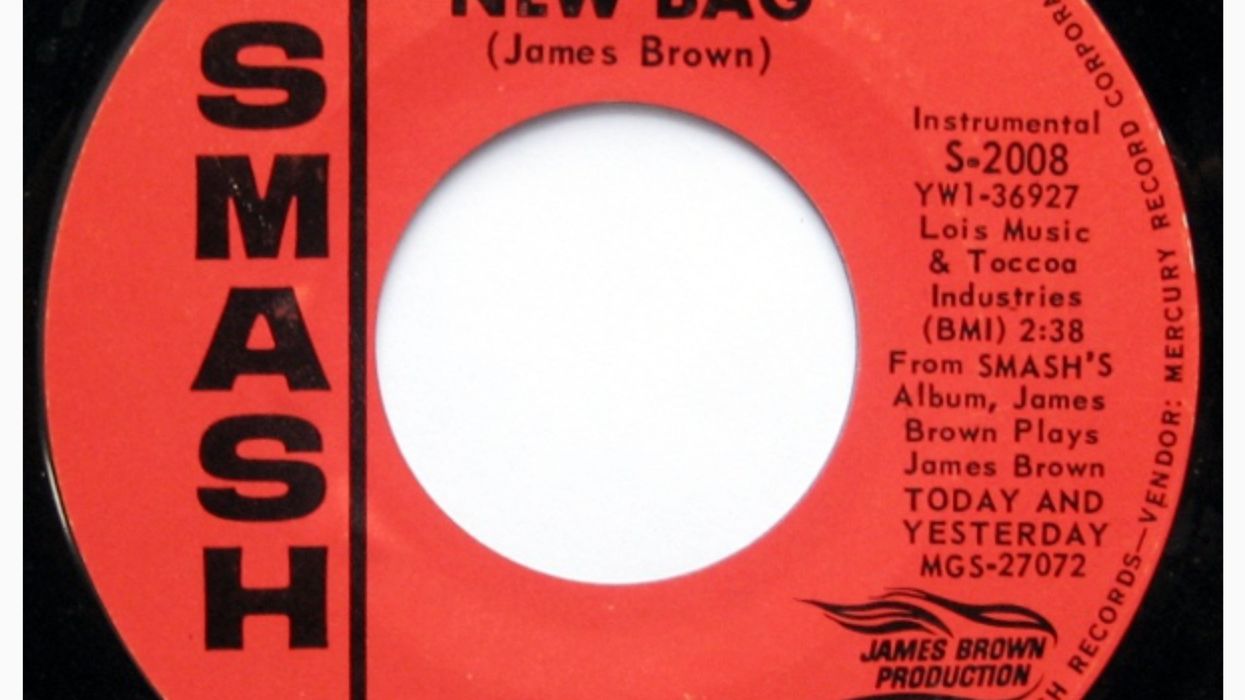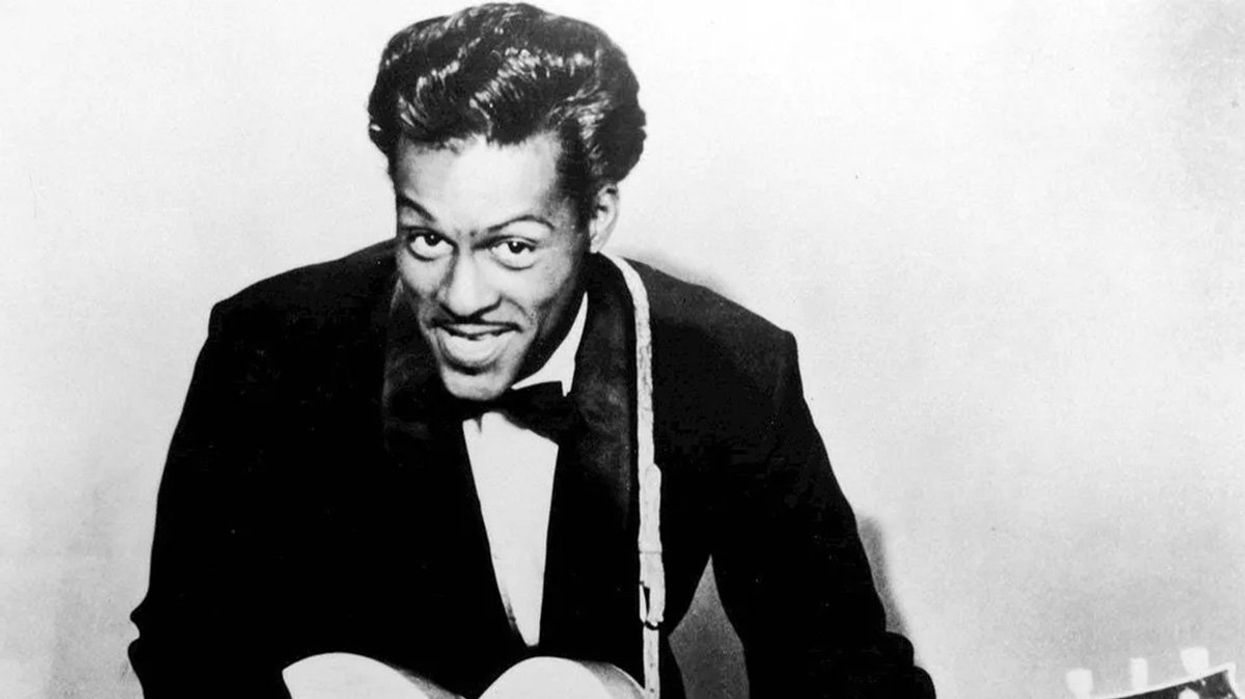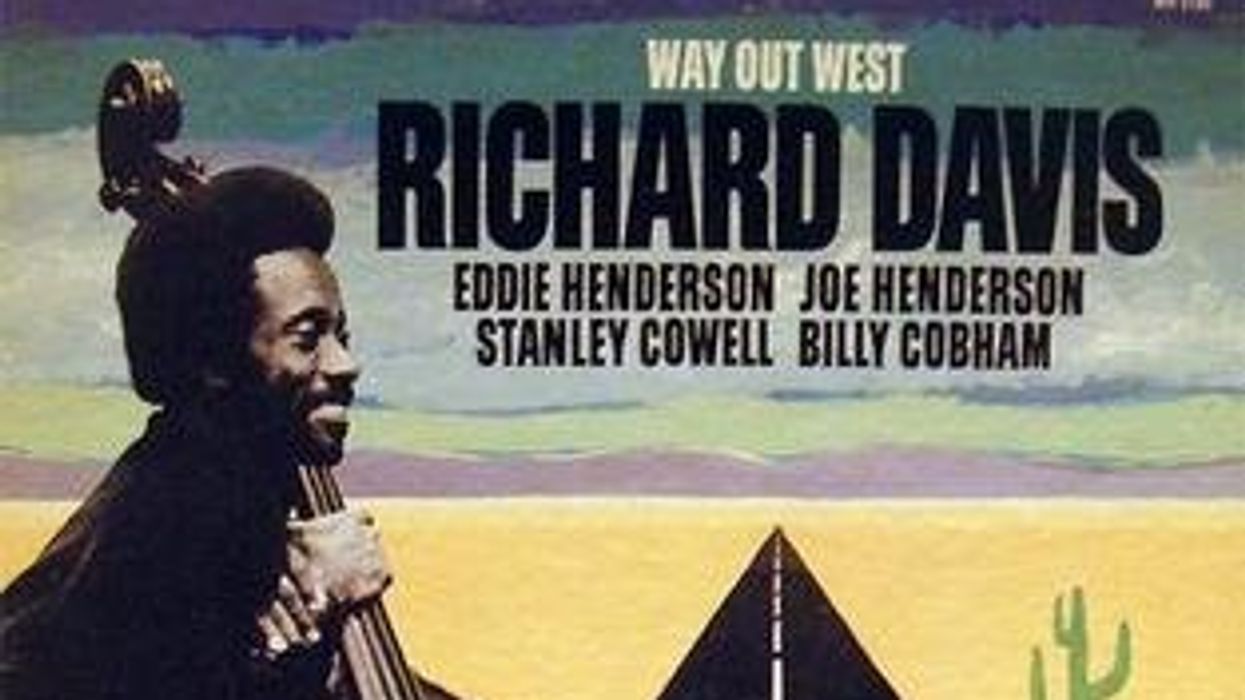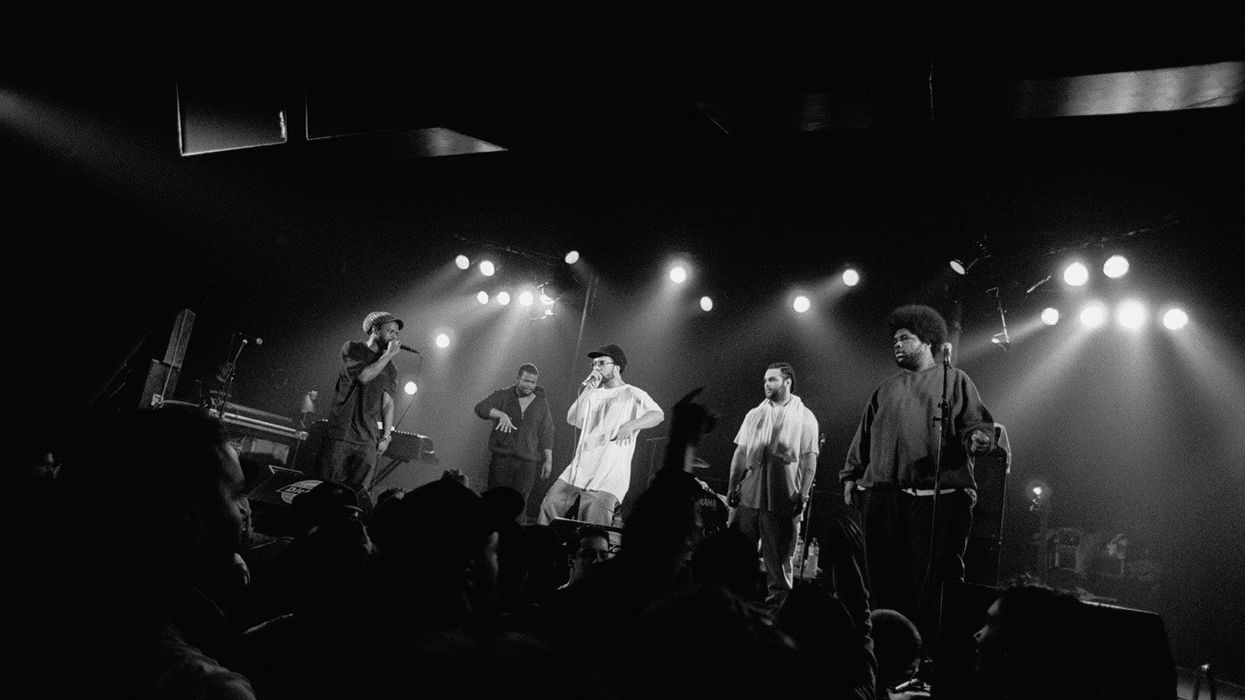Following our “Walking Bass Crash Course,” I thought it would be useful to begin a companion piece on harmony for bassists. Harmony is a massive subject, so this will be one of a few. As I’ve told many students over the years, us bassists must exist between the worlds of rhythm, harmony, and melody. A true understanding will help you realize that these are really all the same thing, and the great master bassists of the past understood this.
Harmony is when individual things are in agreement. In ancient Greek, “harmonia” meant “agreement, concord of sounds,” or the optimal joining of things. Those things could be a group of people, planks of wood to make a ship, or nations of the world who get along. We’ll focus on tones in harmony. Take A, C, and E for example. It may seem obvious that these tones spell an A minor chord. However, long ago, before the science of harmony was well established, this was not so obvious.
There are two basic states within harmony: dissonance and consonance. Consonant sounds complement/reinforce each other, while dissonant sounds fight each other, creating an overall feeling of unrest. Any combination of notes will fall somewhere along this spectrum, and harmony is about balance, like light and shade in a painting.
There are 12 intervals that represent all the possible two-note combinations (dyads) within the octave: unison, minor/major second, minor/major third, perfect fourth, tritone, perfect fifth, minor/major sixth, and minor/major seventh.
Ear training: It’s important to train our ears to identify intervals instantly. Begin by choosing three intervals (unison, major third, and perfect fifth). Find a friend or an app to test yourself. Once you can identify these 95 percent of the time, add two more until you can identify all 12.
Harmony is really based on gravity, and the entire bass role is about reinforcing this.
Unison might be considered the most consonant interval, while a tritone (C to F# for example) and minor second (C to Db) might be the most dissonant. How dissonant depends on who we ask.
Consonance and dissonance are both related to real world physics via the overtone series, and psychosomatics via history and culture, or our exposure to certain sounds. I put more stock in the physics explanation. What we hear as a single note—the fundamental—is in fact an infinite number of upper partials (pitches), which together create what we perceive as a single tone. These partials are arranged in a series called the overtone or harmonic series. Expressed as comparative wavelengths, that looks like this: 1, 1/2, 1/3, 1/4, 1/5, 1/6, 1/7, 1/8, and so on. Expressed as pitches, that’s C, C, G, C, E, G, Bb, C, and so on.
Thus, taking into account all the partials involved when we combine two notes, we’re combining many notes. Each note’s partials vibrate in a manner which either reinforce or fight against the partials of the other note. The notes whose partials reinforce each other are the ones that are most consonant. Venturing further down the rabbit hole: Consonance is not based on overtone coincidence alone. It’s also based on the simplicity of the resulting ratio between two notes. Unison = 1:1, octave 1:2, fifth = 3:2, etc. (For a full explanation, see Hermann Helmholtz’s On the Sensations of Tone.)
The fifth has a very important role in harmony. People often confuse fourths with fifths. I’ll skip ahead and say the only difference between these intervals is which direction you’re going, and which note sounds like the root. The concept of “the root” is hard to explain in words. It’s a form of “harmonic gravity” that’s much easier to hear.
Exercise: Play C to F ascending and listen for which note sounds stronger—some might even say heavier or slightly louder. In most cases people will say F (the top note). Now, try the same with F to C ascending. Most people will now hear the bottom note as dominant. Try to do the same with other fifths, and then other intervals. With all intervals, except for the tritone (more on that later), one note (the top or bottom) will consistently dominate the other, and you guessed it, once again the partials are to blame.
We could sum all this up by saying that harmony is really based on gravity, and the entire bass role is about reinforcing this. Bass instruments add weight to whatever is happening harmonically by focusing on roots and their progression. Walking bass, where we began a couple months back, is one form of this. Great bass players develop an amazing sense of where the gravity lies in any chord, or progression, and can instantly home in on it.
In the next installment, we’ll explore chord qualities, scales, modes, harmonic function, and more exercises.
